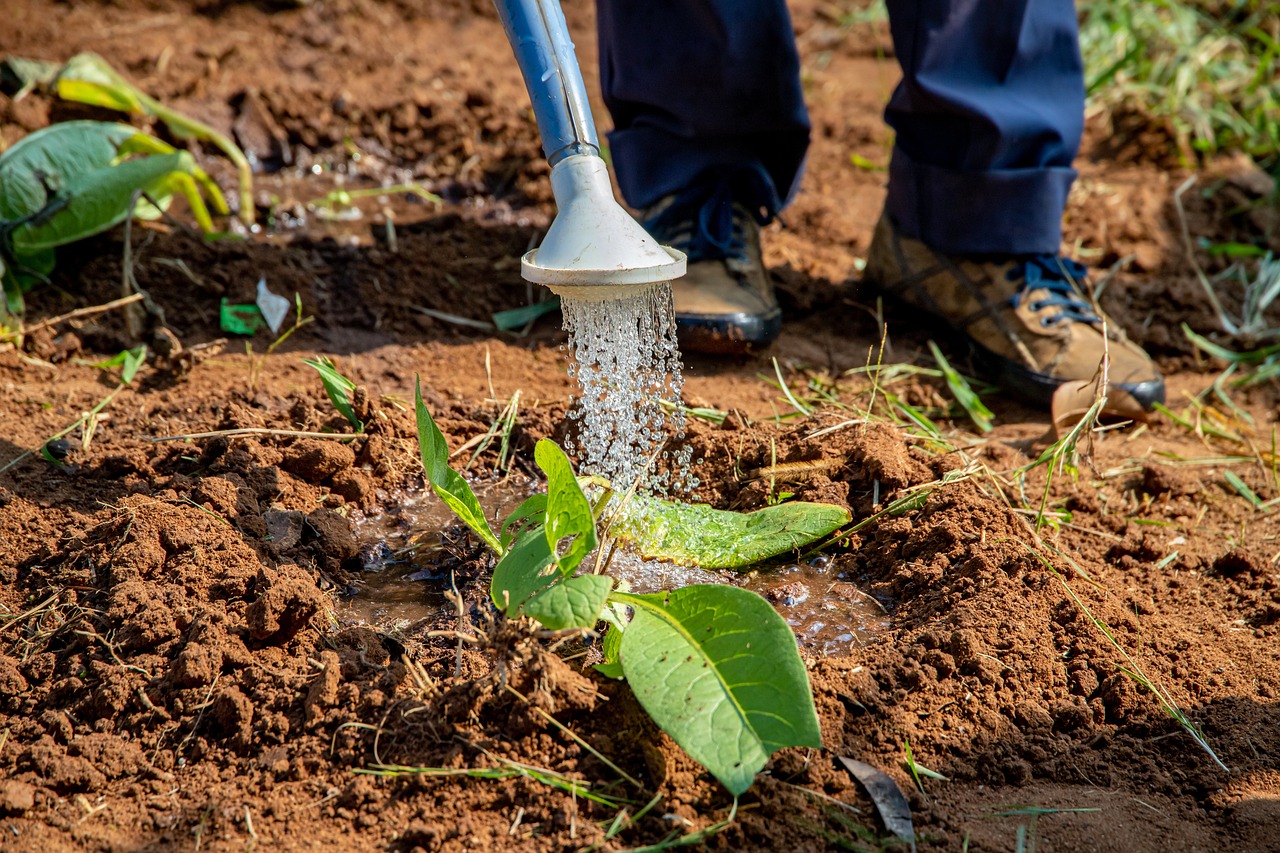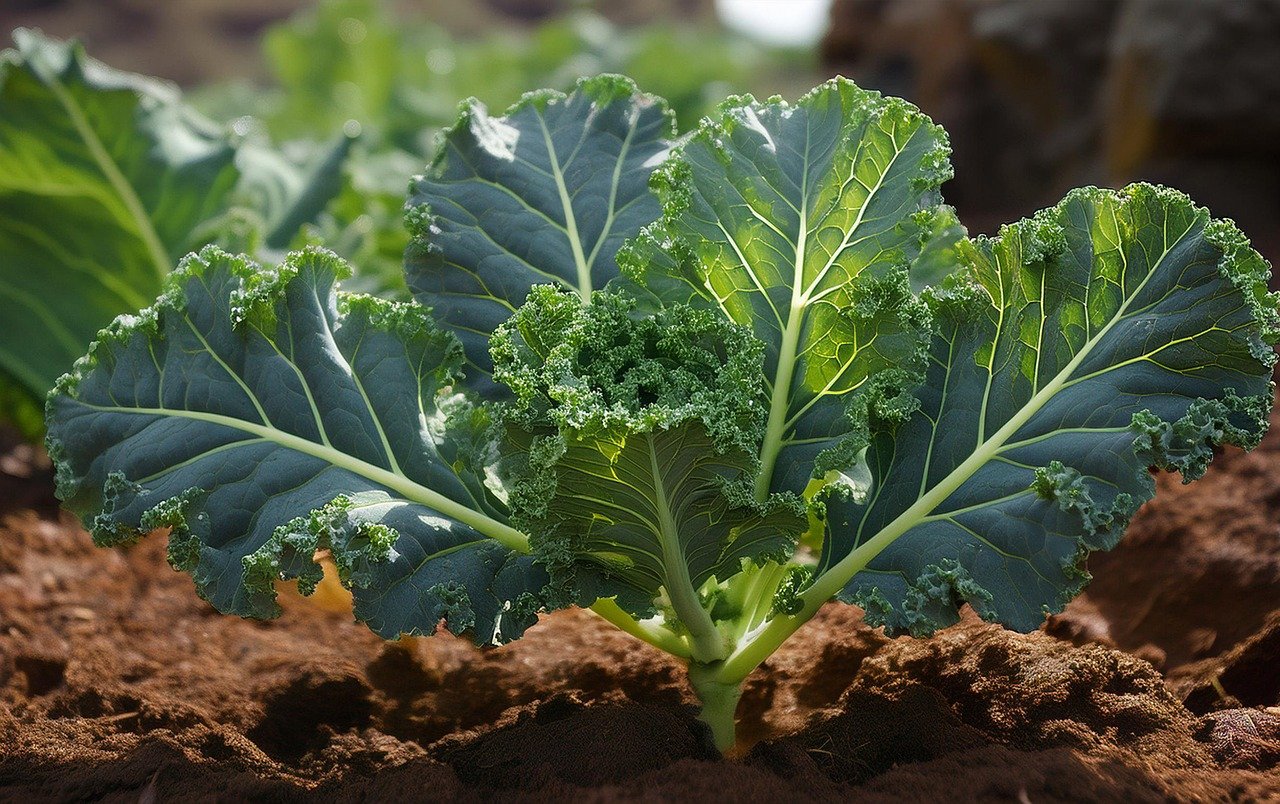Water-Saving Irrigation Tips for Kenyan Small-Scale Farmers
Did you know that nearly 70% of global freshwater is used for agriculture? As a small-scale farmer in Kenya, I understand how vital it is to adopt water-saving irrigation techniques to keep my farm sustainable and productive. By making smart choices like using efficient irrigation systems, rotating crops, and monitoring water use, I can cut down on water consumption without sacrificing yields.
But there’s more to it. I’ve found that a mix of simple strategies and careful planning goes a long way in protecting this valuable resource while boosting my farm’s success. Curious? Let me share what I’ve learned about conserving water effectively on a small farm.
Why Water Conservation Matters
Water is the lifeblood of my farm. With water scarcity becoming more of a challenge, it’s important to adopt methods that help me use water wisely. One of the most effective ways I’ve found is proper irrigation management. Watering my crops at just the right time and in the right amounts means no waste, and my plants stay healthy. Drip irrigation, which delivers water right to the roots, has been a game changer for me—it minimizes evaporation and ensures every drop counts.
Mulching has also made a difference. By covering the soil with straw or leaves, I keep moisture in and reduce the need to water frequently. Choosing drought-tolerant crop varieties further cuts down water use without affecting my harvest.
Picking the Right Irrigation System
When it comes to irrigation, I had to decide between a sprinkler system and a drip system. Sprinklers cover a large area and are cheaper upfront, but can waste water due to evaporation. Drip irrigation, though pricier at first, directs water exactly where it’s needed, making it perfect for my small farm and the dry climate.
Costs vs. Efficiency
Investing in the right system was a balancing act between cost and efficiency. Here’s how I compared the options:
- Sprinkler systems: Cheaper, but water loss is higher.
- Drip systems: Cost more initially but save on water and reduce labor over time.
For me, the upfront cost of drip irrigation was worth it for the long-term savings and sustainability it brought to my farm.
Smart Water Management
Managing water well goes beyond the right system. Here’s what has worked for me:
- Drip irrigation: Delivers water to the roots with minimal waste.
- Mulching: Helps soil retain moisture and cuts down on evaporation.
- Rainwater harvesting: Storing rainwater means I have a reserve during dry spells.
- Monitoring soil moisture: Simple sensors help me know when and how much to water, so I never overdo it.
Choosing Crops and Rotation
Picking drought-resistant crops that need less water has been a smart move. Rotating crops keeps the soil healthy and water-efficient. For example, alternating legumes with cereals helps balance water needs and soil nutrients. Using cover crops has also improved my soil’s ability to hold water, preventing erosion and adding organic matter.
Soil Moisture Monitoring
I’ve learned to keep an eye on soil moisture to avoid wasting water. Here’s how I do it:
- Sensors: Affordable devices that show me soil moisture levels.
- Weather tracking: Adjusting my irrigation schedule based on rain forecasts prevents overwatering.
- Mulching and adding organic matter: Keeps the soil structure healthy, which helps water soak in and stay longer.
Why Mulching Works
Applying a layer of mulch around my plants has been invaluable. It not only keeps the soil damp but also regulates temperature and stops weeds from growing. I use organic options like straw and leaves—they’re easy to get and boost soil fertility as they decompose.
Rainwater Harvesting
Collecting rainwater was a step that has paid off. I installed simple gutters to funnel rain into tanks, and now I have water ready when rain is scarce. Regular maintenance keeps my system working smoothly, and a basic filter keeps the water clean enough for irrigation.
Comparison of Sprinkler and Drip Systems
| Aspect | Sprinkler System | Drip System |
|---|---|---|
| Water Distribution | Covers a wide area, can be affected by wind and evaporation. | Direct delivery to plant roots, minimizes evaporation. |
| Best for | Large-scale farming. | Small-scale farms, water-scarce regions. |
| Installation Cost | Lower initial cost. | Higher upfront cost but cost-effective long-term. |
| Maintenance | Requires regular checks for proper functioning. | Less frequent maintenance, reduces labor costs. |
The Value of Learning
Joining farmer training programs opened my eyes to even more efficient practices. I learned to use irrigation tech, read soil sensors, and schedule watering. Education goes beyond irrigation too, touching on things like crop selection and sustainable marketing.
| Irrigation System | Initial Cost | Efficiency |
|---|---|---|
| Sprinkler | Low | Moderate |
| Drip | Moderate | High |
| Flood | Low | Low |
| Micro-sprinkler | Moderate | Moderate |
By sharing this knowledge with fellow farmers and exploring the best practices out there, we can all use water more efficiently and thrive, even in the driest of times.


